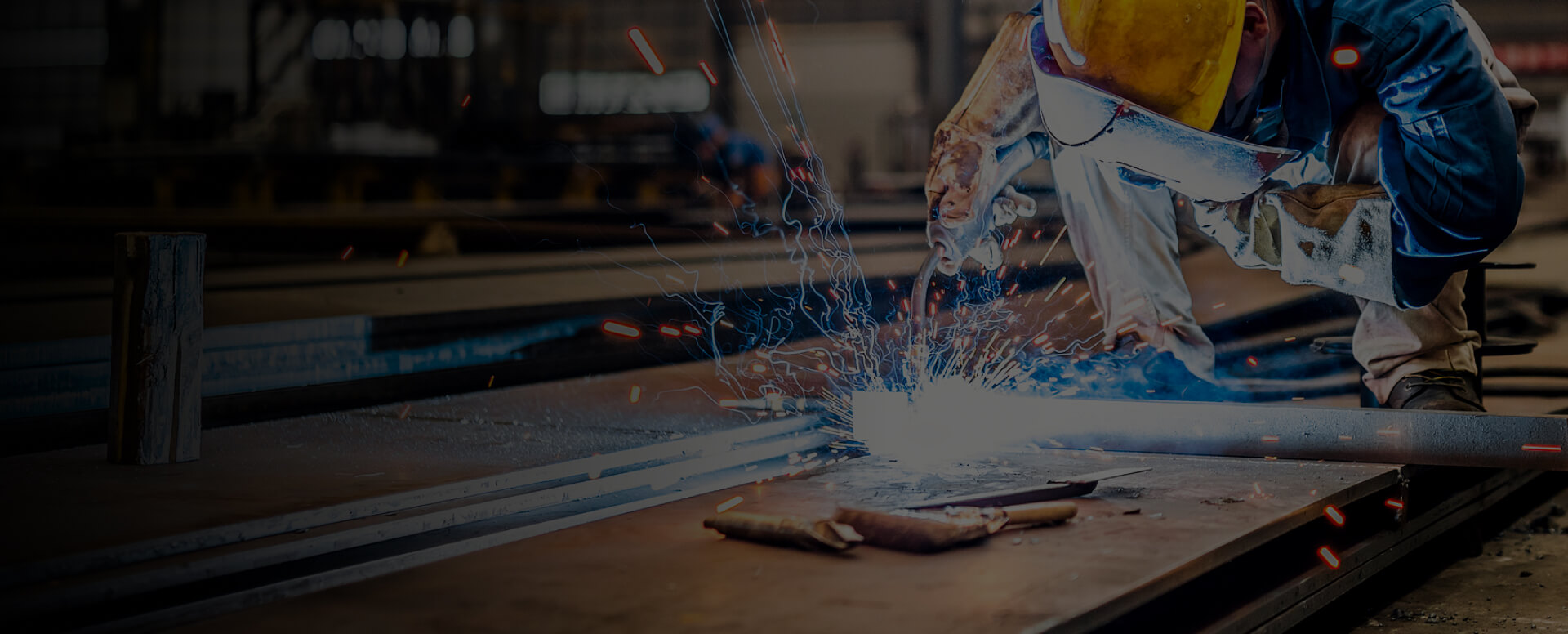
Laser Cutting vs Plasma Cutting: Key Differences, Applications & Cost Analysis
How Laser Cutting Works
How Plasma Cutting Works
Key Components Comparison
Laser tube: Generates the cutting beam Optical system: Mirrors and lenses for beam focusing CNC controller: Guides the cutting path Cooling system: Prevents overheating Material support: Specialized cutting tables
Plasma torch: Electrode and nozzle assembly Power supply: Provides cutting energy CNC system: Controls torch movement Gas supply: Compressed air/gas source Water tray/fume extraction: Manages byproducts
Material Compatibility
Metals: Stainless steel, aluminum, brass (limited to reflective metals) Non-metals: Acrylic, wood, textiles, paper Ideal for: Detailed patterns and thin materials
Conductive metals: Steel, aluminum, copper, brass Limitations: Non-conductive materials (wood, plastic, glass) Best for: Thick metal plates and industrial applications
Cutting Quality and Precision
Superior edge quality: Smooth, precise cuts Narrow kerf width: Minimal material waste Small heat-affected zone (HAZ): Preserves material properties
Faster cutting speeds: Higher productivity Potential slag formation: May require post-processing Larger HAZ: More heat impact on materials
Cutting Capacity and Speed
Thickness limit: Generally under 1 inch for metals Speed factors: Laser power, material type, focus quality Multiple passes: Required for thick materials
Thickness capacity: Several inches with industrial systems Speed advantages: Faster for conductive metals Adjustable parameters: Current, voltage, torch height
Cost Analysis
Laser systems: 20000500,000+ Plasma systems: 5000100,000+
Laser: Higher energy consumption, specialized gases Plasma: Compressed air, lower energy usage
Laser: Optical component replacement Plasma: Consumable electrode and nozzle changes
Safety Considerations
Eye protection: Laser-specific goggles Fume extraction: Essential for material vapors Fire prevention: Particularly with flammable materials
PPE requirement: Flame-resistant clothing, face shields Electrical safety: High-voltage precautions Fume management: Adequate ventilation systems
Related Articles

Metals Suitable for MIG Welding And Its Challenges
MIG welding, also known as Gas Metal Arc Welding (GMAW), is widely used across industrial and hobby applications due to its versatility and ability to join a variety of metals. However, some metals—including titanium alloys—pose challenges due to their reactive nature and other inherent properties.C

What Are The Key Challenges in Aluminum Alloy Welding?
Master the techniques to overcome difficulties in aluminum welding, including its refractory oxide film, hydrogen porosity, high thermal conductivity, and cracking tendencies, for achieving high-strength, quality welds.Introduction: Renowned for their exceptional strength-to-weight ratio and corrosi

Introduction To Plasma Cutting Torch
Components of a Plasma Cutter TorchA plasma cutting torch consists of several key parts, including the electrode, nozzle, swirl ring, shield, and electrical and gas supply components. Each plays a critical role in ensuring precise and efficient cutting.Core Components1. ElectrodeThe electrode serves

Can Plasma Cutting Be Done without Gas?
Plasma Cutting Gases: Types, Functions, and Cost AnalysisWhile plasma cutting can theoretically operate without gas, practical limitations, such as inefficiency and high initial costs, make gas-assisted systems the standard for industrial use. This guide examines the types of gases used in plasma cu

Can Plasma Cutting Be Done Underwater?
Underwater Plasma Cutting: Process, Safety, and ApplicationsYes, plasma cutting can be performed underwater with specialized equipment and strict safety protocols. This method offers unique advantages for specific industrial applications but requires careful planning and execution.How Underwater Pla

